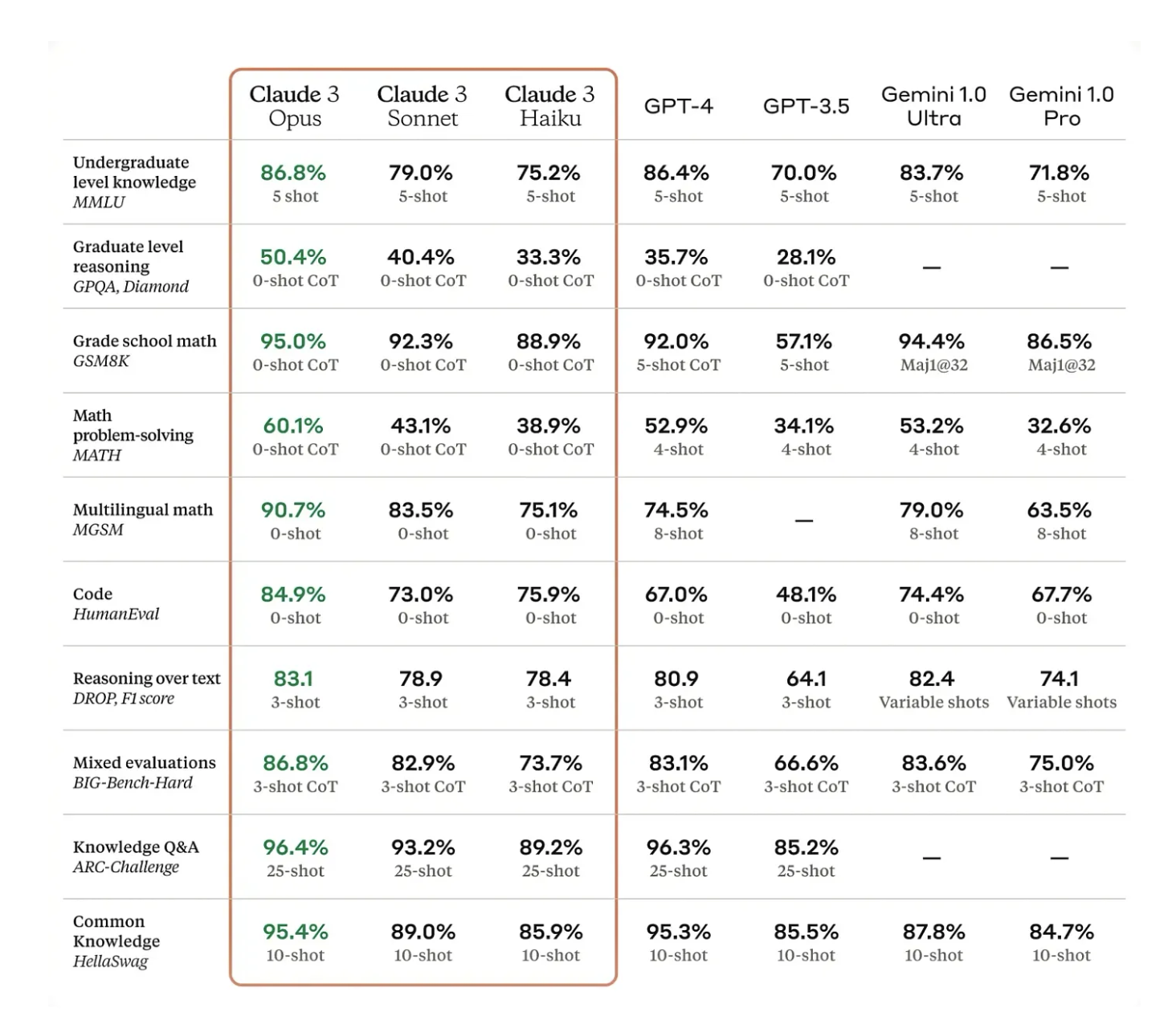All posts by Alpesh Kumar

Meet LangGraph Swarm Agents: A Collaborative AI Ecosystem
Imagine building powerful multi-agent systems with LangGraph Swarm, where agents collaborate autonomously for seamless AI workflows. That’s LangGraph Swarm: a lightweight, decentralized multi-agent system where agents dynamically hand off tasks and the system retains memory of the last active agent for seamless conversation flow Unlike rigid supervisor architectures where a central agent dictates the flow,…

Building Autonomous AI Agents: A Practical Guide for Engineers
As AI moves beyond simple chatbots, building AI agents that can reason and act autonomously has become a key engineering challenge. This guide explores how to develop production-ready agents using practical, real-world techniques from OpenAI. AI agents represent a transformative leap in automation, transitioning from reactive chatbots to intelligent systems that can independently execute complex,…

Understanding the Agentic AI Stack: A Modern Blueprint for Building Intelligent Agents
The Agentic AI Stack is a modern framework designed to build intelligent agents in artificial intelligence applications. These agents are not just static tools, they observe, reason, act, and improve over time. To build such dynamic systems, we need a well-structured framework. That is where the Agentic AI Stack comes in. Layer 1: Tool /…

Building Intelligent Conversational Agents with LangGraph: A Tutorial Guide
Creating sophisticated conversational agents requires more than just a powerful language model. You need a framework that can manage complex conversational flows, maintain context, and handle decision-making with elegance. Enter LangGraph, a powerful toolkit built on top of LangChain that enables developers to create state-aware, multi-step reasoning systems with remarkable ease. Why LangGraph Matters? Traditional…

Crafting a Scalable Real-Time Interaction System with Redis: A Deep Dive into Integrating Character, Environment, and LLM Services
Understanding the Problem 🎮 What is the System? This system is designed to manage real-time interactions within a virtual environment, where users control virtual characters, interact with the environment, and receive responses from a machine learning model (LLM). The goal is to maintain high performance and scalability while ensuring that interactions are processed instantly, reflecting…

Automating Postgres and pgvector Setup with Docker
When it comes to managing databases in development environments, Docker is a lifesaver for many developers due to its simplicity and isolation capabilities. We’ll delve into how to set up a Docker container that not only runs a PostgreSQL database but also incorporates the pgvector extension, which is crucial for performing vector operations in the…

Has Claude 3 Ushered in a New Era by Surpassing GPT-4?
Anthropic’s Claude 3 has eclipsed OpenAI’s GPT-4, launching us into a new AI age. With its superior capabilities, Claude 3 leads a revolution in Large Language Models (LLMs). Claude 3: A New Champion in AI Claude 3’s trio of models, including the formidable Opus, outperforms GPT-4. Its deep understanding of advanced science has stunned experts….

Genie: Generative Interactive Environments for playable (action-controllable) worlds
Imagine if you could take a doodle, a photograph, or even a dream and turn it into a living, breathing virtual world. That’s not the beginning of a sci-fi novel; it’s the reality with Genie. This cutting-edge AI isn’t just a leap forward; it’s a quantum leap into the future of interactive, generative environments. Let’s…

Gemma: Google’s New Family of Open AI Models for Text Generation
Google’s Vision for Accessible AI Google has unveiled an exciting new venture in the realm of artificial intelligence: Gemma. This innovative family of open AI models expands upon the acclaimed Gemini models, embodying Google’s dedication to AI progress. With the debut of the 2B and 7B models, Google is on a mission to democratize AI…
